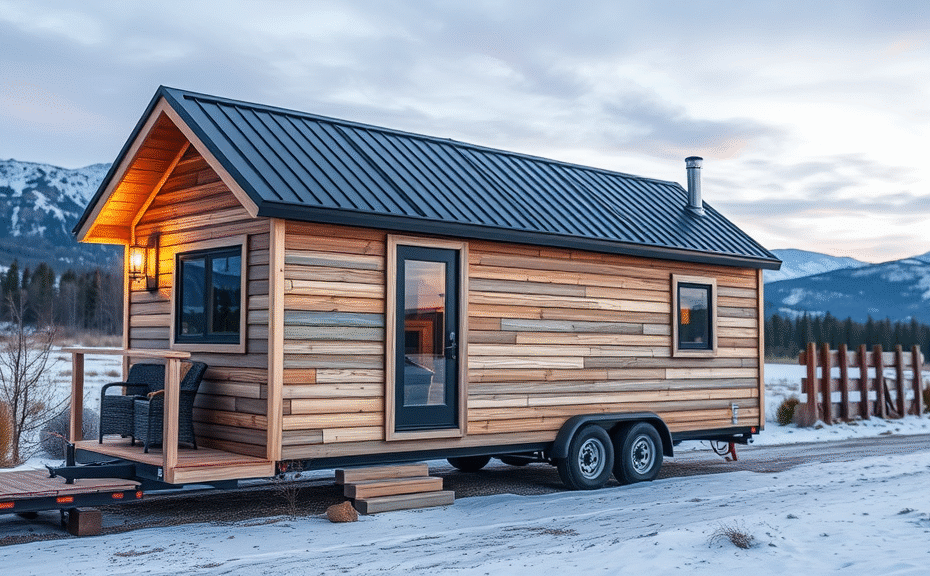Mobility of Tiny Homes: Exploring the Possibility of Relocation
One of the frequently asked questions about tiny homes is whether they can be moved to a different location. The answer largely depends on the design and construction of the tiny home itself. Many tiny homes are built on trailers, making them inherently mobile and easier to relocate. These trailer-based tiny homes can be transported via a truck or towing vehicle, allowing owners to change their surroundings without dismantling their living space.
However, not all tiny homes are designed for mobility. Some are constructed on fixed foundations and resemble traditional houses on a smaller scale. Moving these structures involves substantial effort, higher costs, and often requires professional movers with specialized equipment. In these cases, relocation might not be practical for frequent moves.
Key Factors Influencing Tiny Home Mobility
- Foundation Type: Homes on wheels can travel easily, while those with permanent foundations need extensive preparation.
- Size and Weight: The dimensions and weight must comply with transport regulations to be legally moved on roads.
- Local Regulations: Zoning laws and permits vary and can restrict relocating tiny homes to new areas.
- Design Features: Modular or sectional builds can simplify moving compared to monolithic structures.
For owners considering relocating their tiny home, it’s essential to plan ahead by consulting local authorities and hiring experts experienced in moving compact dwellings. When properly designed and permitted, tiny homes offer the unique advantage of mobility, allowing their inhabitants to enjoy flexibility in lifestyle and location.
